If you’ve ever stared at a pair of pants in your closet and wondered if you could feasibly wear them hiking, look no further, this guide will give you all the information you need to know!
Of course, hiking pants intended for hiking are going to be your best bet for any hike. However, you can likely get away with wearing any kind of pants on a hike, particularly if the hike is short or relatively flat.
If you want to be comfortable on the trails, there are a few key features to think about before heading out in your favorite pants. If you don’t think your outfit through, you might end up needing to turn around due to discomfort, or you could even ruin your favorite pants depending on the circumstances.
The guide aims to give you some things to think about when choosing which pants to wear hiking!

7 Things To Consider When Choosing Pants For Hiking
One difficult aspect of hiking is that conditions are rarely the same. You can hike the same trail a few times all year, and you might have wet ground, hot days, rainy days, snow, and extreme cold on different days. This means your outfit might change depending on the conditions.
If you’re considering buying pants to hike in, or you’re thinking about hiking in pants you already own, here are a few things to think about before taking them into the backcountry:
1. Material
What are the pants made out of? The material used in the construction of the pants can make a difference in how they perform and in how you feel while exercising in them..
Synthetic fabrics such as polyester, nylon, acrylic, and spandex (or a blend of them) will likely perform better than cotton and cotton-blends. They might not be as comfortable for lounging in, but they’ll wick sweat away better and keep you warmer in unfortunate weather conditions.
Synthetic fabrics are also better at absorbing sweat than non-synthetic fabrics. However, cotton can be more “breathable” than other fabrics. It’s important to keep in mind that cotton retains moisture though, which can make you cold quickly, and can also cause problems like yeast infections and odor retention.

2. Durability
If your pants are made to withstand a lot of wear and tear, they might perform better as a hiking pant, and may last longer than pants that are thin or delicate.
Denim, for example is an extremely durable material, while stretchy spandex leggings might get torn easily. (Debating hiking in jeans? Find out what over 800 hikers think here!)
What kind of terrain are you planning to encounter on your hike? Is there a possibility you’ll be hiking through dense trees? You’d be surprised how quickly a wayward branch can put a hole in delicate material.
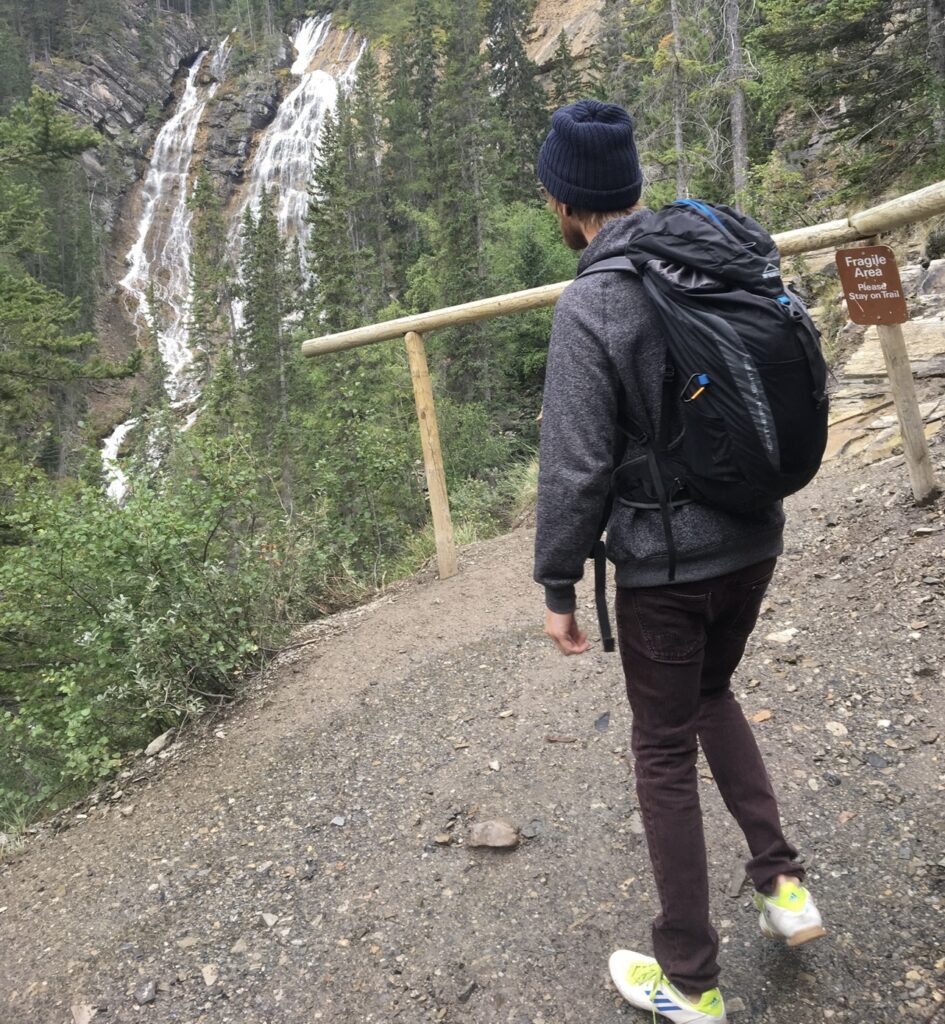
3. Thickness
The thickness of the pants should be taken into consideration in various weather and environmental conditions. Thinner pants will keep you cooler in summer months, while thicker pants are great for retaining more heat in the winter.
You also might prefer layering pants to keep warm in the winter, in which material and thickness will come into effect, as well as the waterproofing and durability of the outer layer.
Also keep in mind that you will likely generate some body heat while hiking. Wind is another factor to consider, which can bite through thin fabrics easily, leaving your thighs chilly and numb.
4. Waterproof
A waterproof or water-resistant coating on the pants can be very beneficial on the trail. It might not be a feature you necessarily need in a hiking pant, especially if you stick to shorter trails or dry areas, but it is a factor to take into consideration for your comfort on a hiking trail.
Consider packing a rain pant on days you might encounter precipitation! They are lightweight and pack down easily, which is a small price to pay for comfort!
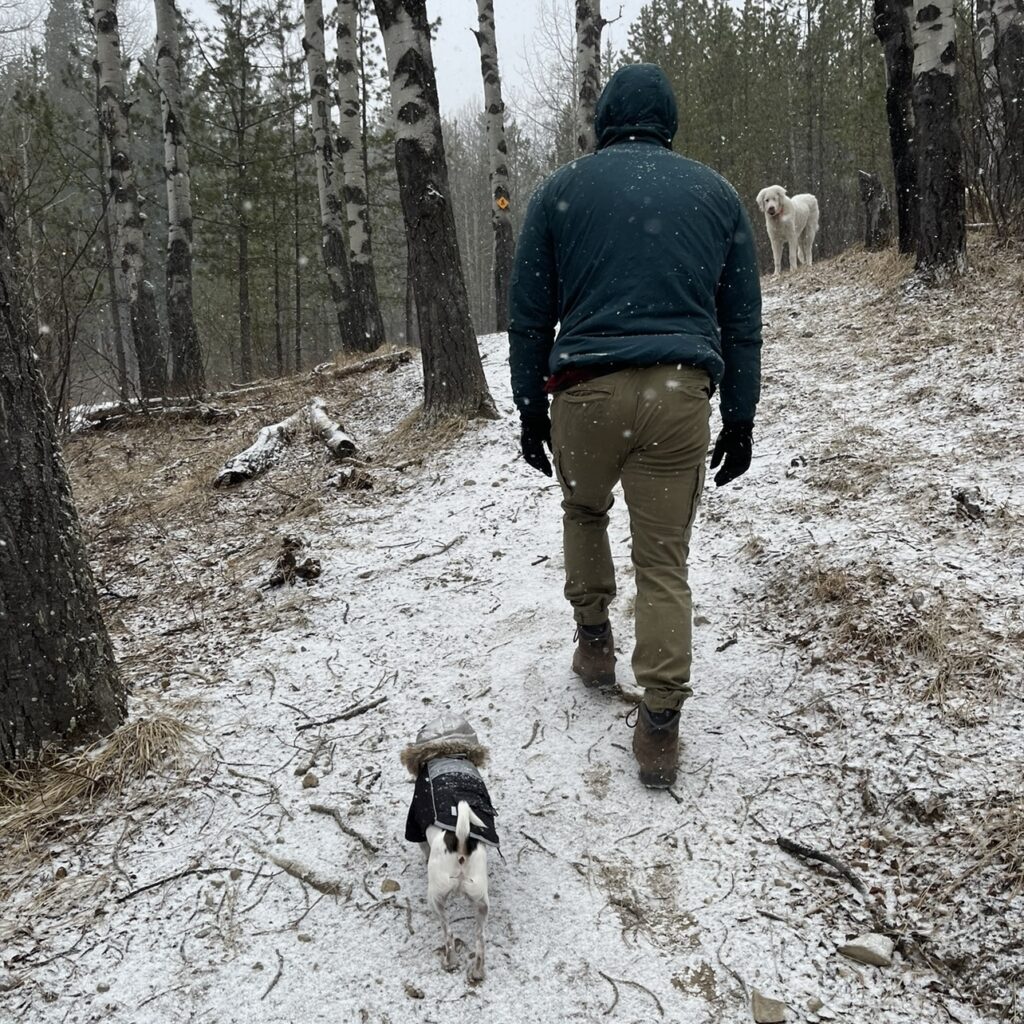
5. Purpose
The reason why the pants were created might be a good indicator of their performance on the trail or as a hiking pant. If the pants are intended for exercise or activity, they might perform and hold up better than casual or lounging pants.
Some athletic pants don’t have usable pockets, however, which can also be a make-or-break option for me. Some higher pockets cause my phone to fall out with big steps. Some smaller pockets can’t fit my phone at all. Consider your needs and what you might be carrying for quick-access (phone, snacks, car key).
If your pants are designer pants or trendy pants, they’re unlikely to be overly comfortable for very long on a hiking trail. I prefer to prioritize utility over style, but that might not be everyone’s preference.
6. Fit
Looser-fitting pants might be more comfortable and less restrictive than tighter pants, however, they also might allow for chafing if your legs get sweaty or your thighs rub together.
Stretchy pants like leggings might fit very close to the skin but can be more comfortable than jeans or rougher materials.
Ideally you want comfortable pants that don’t restrict your movement or dig into any part of your body.
7. Style
Although it shouldn’t be the main determining factor, sometimes you do want to feel like you look good, even while hiking.
As social media grows in popularity, often people want to hike for the pretty pictures and “do it for the ‘gram”. If the way you look is important to you, you likely will be able to complete your hike in whichever pants you choose.
If the hike is lengthy or difficult, consider packing your fashionable outfit in your backpack and changing into it at the final destination. This may make the majority of the hike more comfortable and enjoyable for you.
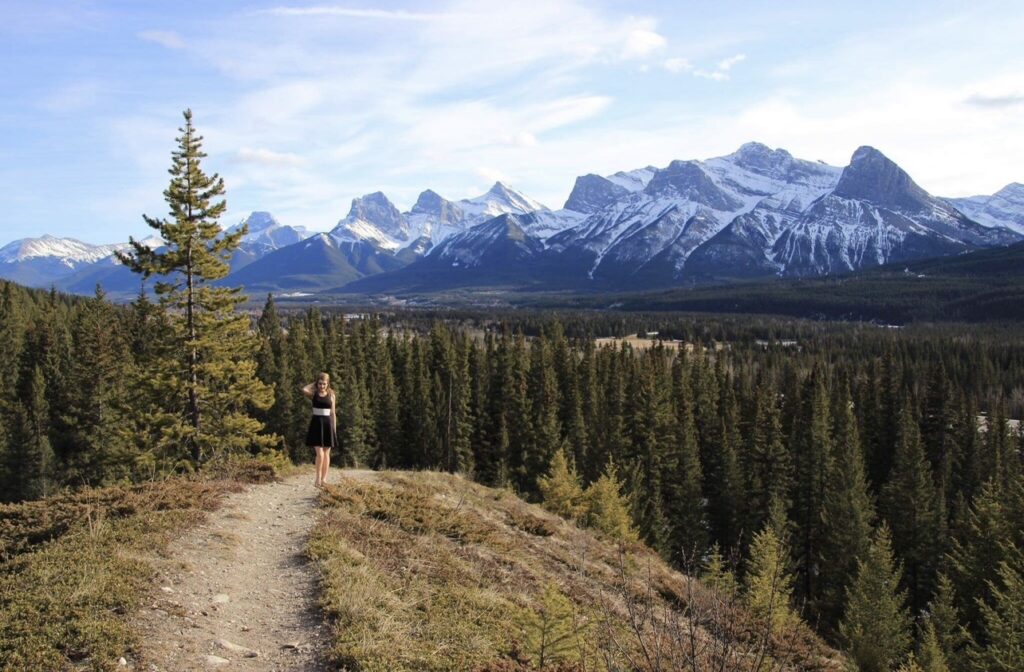
Alternatives to Hiking in Typical Pants
Unfortunately there aren’t many alternatives to hiking in regular pants. Consider buying a pair of hiking pants to meet all your needs. Otherwise, the only other options for hiking apparel become wearing shorts in warmer weather and layering pants in colder weather.
I definitely would not recommend hiking naked! (The chafing… oh, the chafing…)
Hiking in Shorts
Shorts can be an option for hiking if the weather is significantly warm. If you’re unsure whether you should hike in shorts or pants, check out my article here for a comparison and specific circumstances for each clothing choice!
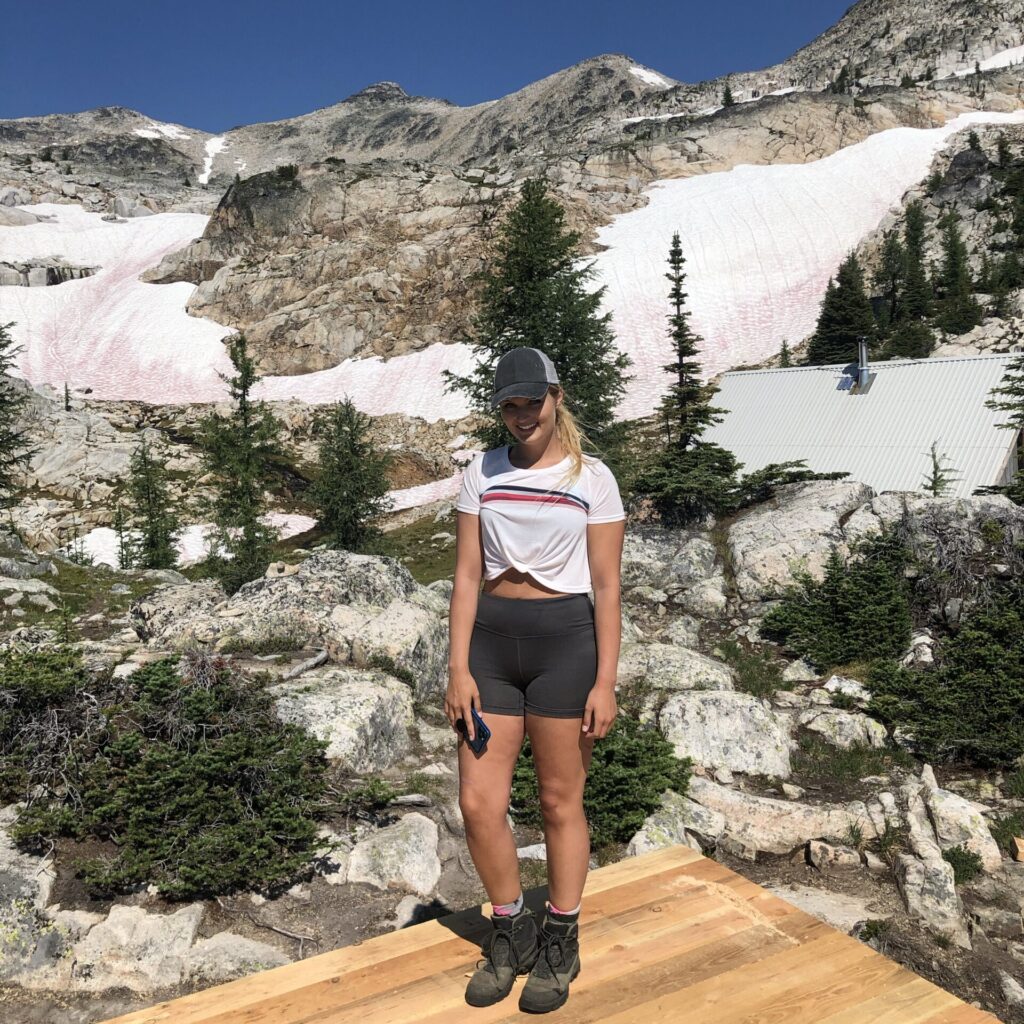
Layering Options
1. Base layer pants
Base layers are the bottom layer of clothing that lies next to your skin. They are usually worn on very cold days. Base layer pants can come in different thicknesses and are a vital part of a layering system.
Base layer pants are not intended to be worn as the only pant, but work extremely well for sweat-wicking and body heat retention while hiking. If you feel like you can’t find pants thick enough to keep you warm, adding a base layer is an excellent option!
Click here for more information on base layers!
2. Rain Pants
Rain pants are a very thin pant that is made of a waterproof material and is intended to slip on overtop of whatever pants you are wearing. They occasionally have side zippers on the bottoms to make sliding them on easier.
Rain pants are excellent for creating a waterproof layer on top of whatever pants you choose to hike in. They are not intended to be the only pant that you wear.
The downfall of rain pants is that they are not very durable and do rip easily. However, they perform their function well and can be very helpful as a safety tool while hiking.
3. Hard Shells and Snowpants
Hard shells and snowpants are pants that are worn in the wintertime. Hard shells tend to perform a bit better for hiking, though both options can work on the trail if needed.
I have hiked in snowpants before, but I definitely don’t recommend it. Find out why I think it’s a bad idea along with other recommendations for winter hiking pants here!
4. Multiple Layers of Regular Pants
In a pinch, you can double up on regular pants to add thickness, layers, and warmth. If possible, wear a tighter synthetic fabric next to your skin (such as a legging), and a fleece-lined layer above it. This will help absorb sweat and trap heat in the layers of fabric.
Consider the other attributes listed above if you’re considering layering your pants to help you find the combination that works best for you.
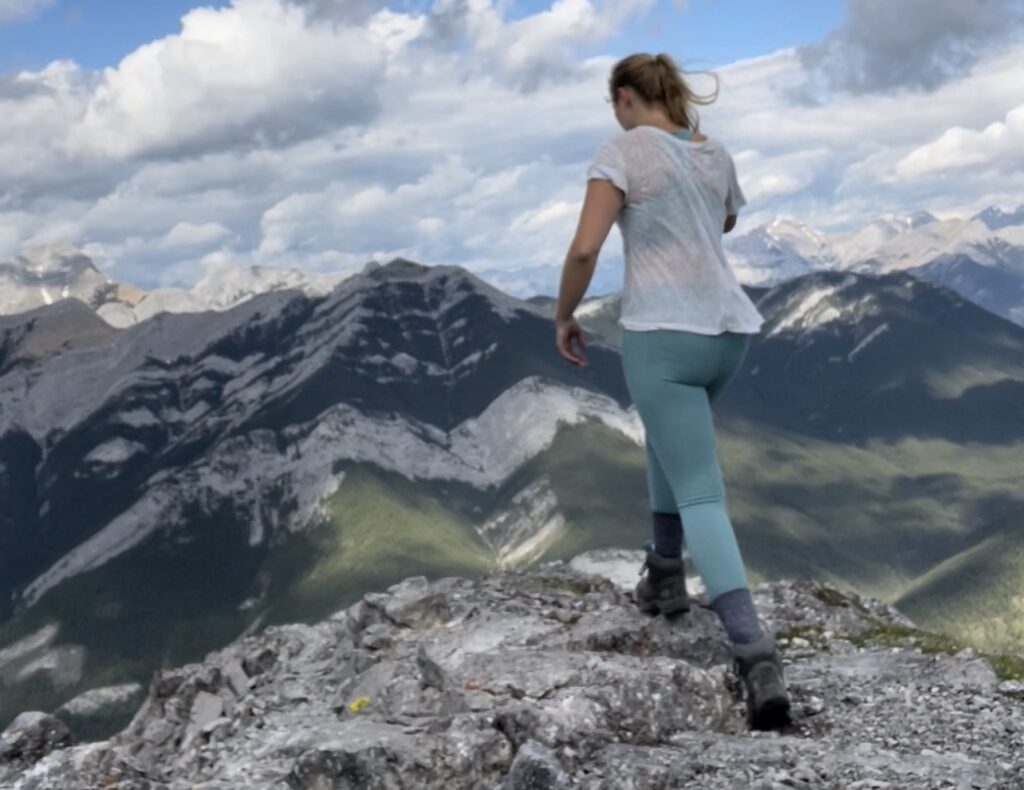
Questions
Is there something you were looking for but didn’t find listed? Surf through my other articles to see if I answered your questions there, or drop a comment below and I’ll get back to you!
Happy trails!

